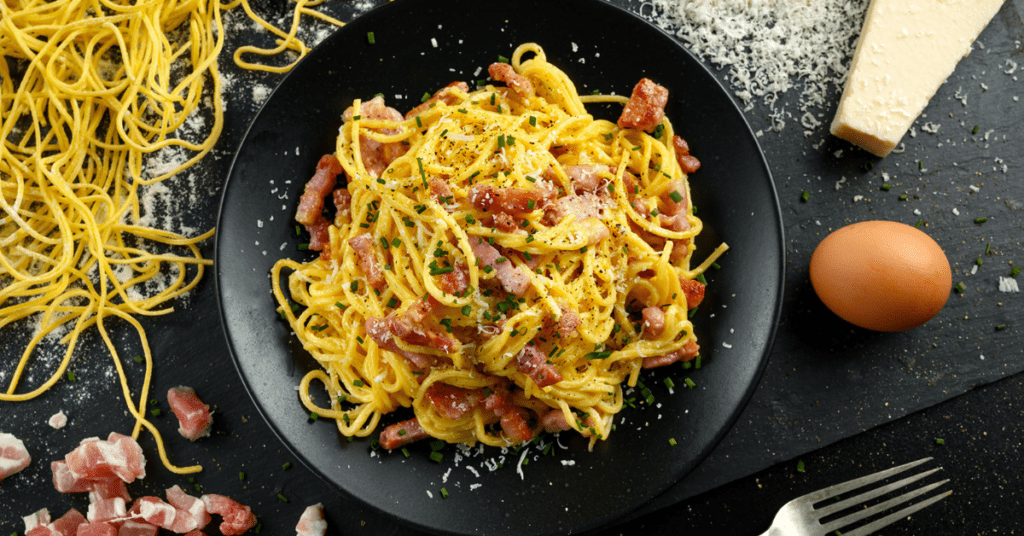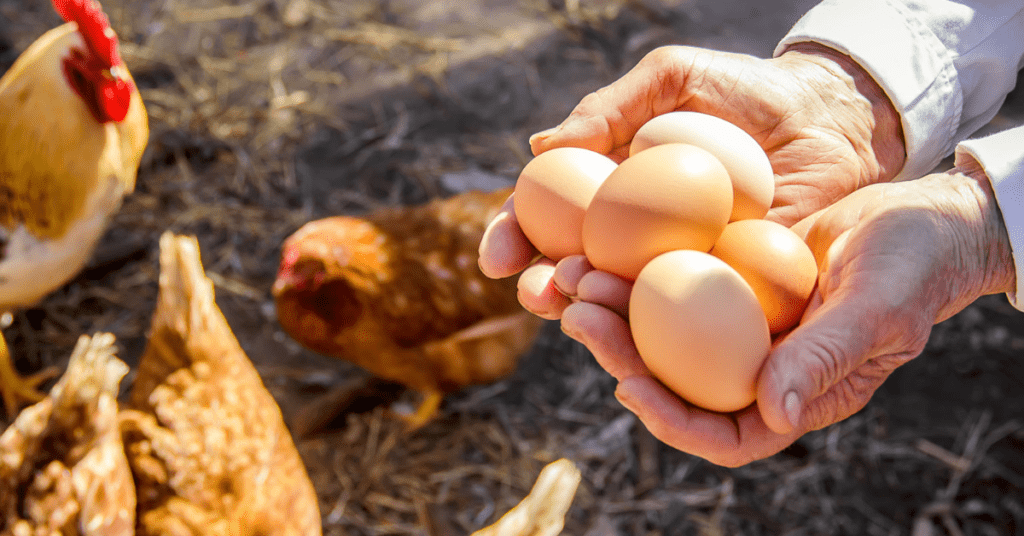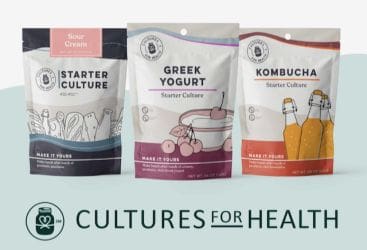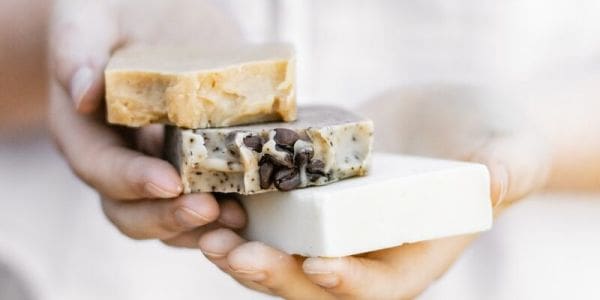Making the Best Homemade Egg Noodles
There’s just something about foods made from scratch that tastes better than store-bought. Case in point: egg noodles. Not only do homemade egg noodles taste better, but they also are healthier for you. Making your own dishes from scratch allows you to control the amount of fat, salt, and sugar in your meals.
You’re also less likely to use artificial ingredients (with names you can’t pronounce) when you’re preparing fresh foods in your kitchen. Whether you’ve grown them on your homestead or bought them at a local farmer’s market, you’re more prone to reach for wholesome ingredients over manufactured ones pre-packaged for convenience.
One of the most popular – and versatile – foods you can make from scratch on your homestead is homemade egg noodles.
Noodles made with eggs are nutritious and delicious and require just a few ingredients to make. In this blog, we’ll explore:
- What are homemade egg noodles?
- What ingredients do you need for homemade egg noodles?
- Can you grow your own egg noodle ingredients?
- What makes homemade egg noodles healthier?
- What are some simple homemade egg noodle recipes?

What are homemade egg noodles?
Egg noodles are mostly yellow in color because of the two main ingredients used to make them: wheat flour and eggs. When making homemade egg noodles, you want to roll the dough thin and cut it into strips. The size of the strips can range from skinny and long to thick and fat.
Store-bought egg noodles can be found in the pasta aisle of most grocery stores. Most of the egg noodles sold commercially are thicker than what you can make from scratch in your own kitchen. They also contain additional ingredients – including preservatives – that make them less healthy than egg noodles made at home.
Egg noodles are so easy to make that anyone can do it. They pair perfectly with goulash, stroganoff, and most soups.
What ingredients do you need for homemade egg noodles?
There are three essential ingredients in homemade egg noodles: wheat flour, milk, and eggs. You can toss in a pat of butter and salt for taste, but they’re not required.
If you’re not a fan of wheat flour, you can substitute it for any other type of flour. If you have a gluten intolerance, you can opt for a gluten-free flour blend instead. Butter, eggs, and milk are naturally gluten-free, so you don’t have to worry about substituting those ingredients.
There are some other adjustments you’ll want to make for gluten-free homemade egg noodles. We’ll discuss those in the recipe section below.

Can you grow your own egg noodle ingredients?
Depending on the size of your homestead, you can grow (or raise) most of what you need to make homemade egg noodles. Since one of the main ingredients of egg noodles are – you guessed it, eggs – you need those to make the recipe. If you have the space and the tolerance for it, raising your own chickens can provide you with plenty of eggs.
Growing your own wheat might be more difficult. You need at least 1,000 square feet to grow one bushel of wheat. You’ll get 60 pounds of grain from one bushel, which can make up to 90 loaves of bread. If growing and harvesting your own grain is more trouble than it’s worth, you can always get wheat flour or gluten-free flour at a farmer’s market or local grocer.
The final crucial ingredient – milk – can be grown on most homesteads. We rely on our Jersey milk cows to give us nutritionally dense (and incredibly delicious) A2 raw milk for all our home-baked recipes.
What makes homemade egg noodles healthier?
Homemade egg noodles are healthier for several reasons. Firstly, you can control what you put into them. You can eliminate ingredients like salt and sugar that can negatively impact health conditions like heart disease or chronic inflammation.
Egg noodles made from scratch also are lower in calories and have almost twice as much calcium as regular store-bought pasta. Egg noodles also outrank regular pasta with higher levels of these nutrients: folate, folic acid, iron, magnesium, niacin, and phosphorous.
What are some simple homemade egg noodle recipes?
Making homemade egg noodles is as easy as it sounds. With such few ingredients, almost anyone can follow these simple steps to create their own yummy egg noodles.
Easy homemade egg noodles
This simple homemade egg noodle recipe has just a few steps to follow. Before you know it, you’ll be enjoying fresh egg noodles from scratch with your favorite stews or other ingredients to top them off.
Ingredients you’ll need:
- 2 cups all-purpose flour.
- 2 teaspoons kosher salt (optional).
- 3 large egg yolks.
- 1 large whole egg.
- ¼ cup milk or water.
How to make them:
- Mix the flour and salt until well-blended. (If not using salt, skip this step).
- Pour the flour into a mixing bowl and create a “well.” Then, add the yolks and egg.
- Mix with your fingers to work the egg through the flour.
- Add in the milk or water and continue to mix the dough until it becomes more solid.
- Roll the dough to your desired thickness.
- Cut noodles into the thickness and length of your choosing.
- Bring a pan of water to a rolling boil, and add in the noodles, stirring to prevent clumping.
- Cook for 2-4 minutes.

Gluten-free homemade egg noodle recipe
As promised, here is a gluten-free alternative for homemade egg noodles that are just as tasty as the original.
Ingredients you’ll need:
- 1 cup all-purpose gluten-free flour blend.
- ½ teaspoon xanthan gum (if flour blend doesn’t already include it).
- 5 tablespoons of tapioca starch/flour.
- 2 whole eggs warmed to room temperature.
- 4 egg yolks warmed to room temperature.
- 1 tablespoon extra-virgin olive oil.
While not required, using a food processor makes this recipe much easier. If you have one, get it out and be ready to use it when mixing the dough.
How to make them:
- Place the flour blend, xanthan gum, and tapioca starch/flour in a bowl or the food processor.
- Add an egg or egg yolk to moisten the flour. Turn the food processor on low and continue to add eggs until all are used. If using a mixing bowl, mix by hand and add in eggs one by one.
- Continue running the food processor on low (or mixing slowly by hand) while adding in the olive oil.
- Continue to process until all ingredients are well-combined. The dough may feel sticky.
- Sprinkle a flat surface with the tapioca flour and transfer the dough to the surface. Divide into 3 equal parts.
- Work with one part at a time, kneading the dough until smooth.
- Roll the pasta dough by hand into a rectangular shape that’s about 1/8-inch thick.
- Cut into strips about 4 inches wide and 14 inches long (if you have a pizza cutter, it makes this job easier).
Cooking the pasta:
If cooking it fresh, bring a large pot of water (salt optional) to a rolling boil. Add the fresh noodles and cook for about 2 minutes, stirring to prevent the dough from clumping. Rinse and serve.
Some people prefer to dry their pasta a bit before cooking it. You can use a drying rack or just leave it on your counter for about an hour before cooking.
In our kitchen, we only use cultures from Cultures for Health.
Get yours here and start culturing today.
Popular Articles
Newsletter
Get signed up to get latest updates and new information from the Jersey Milk Cow!
This site uses Akismet to reduce spam. Learn how your comment data is processed.












Leave a Reply